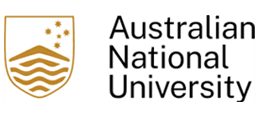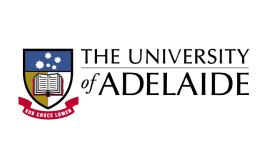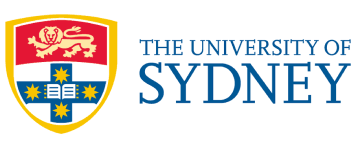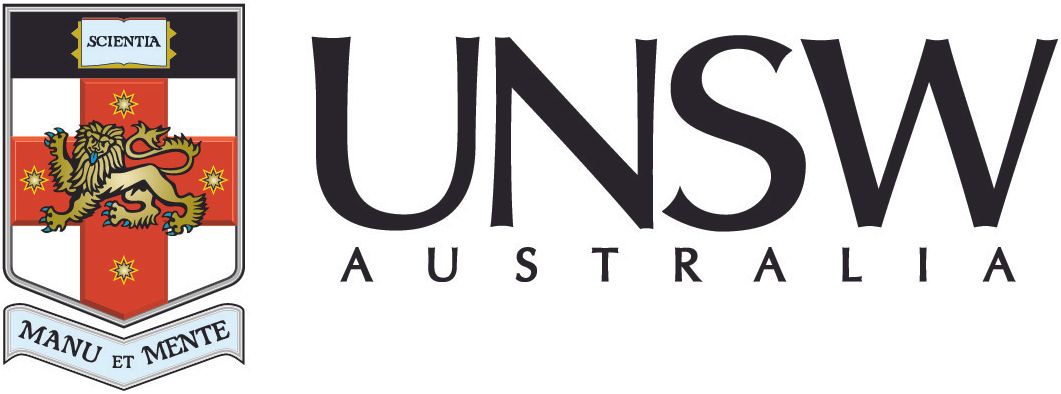Melbourne’s rediscovered dragon is on a knife edge – will we do what it takes to save it?
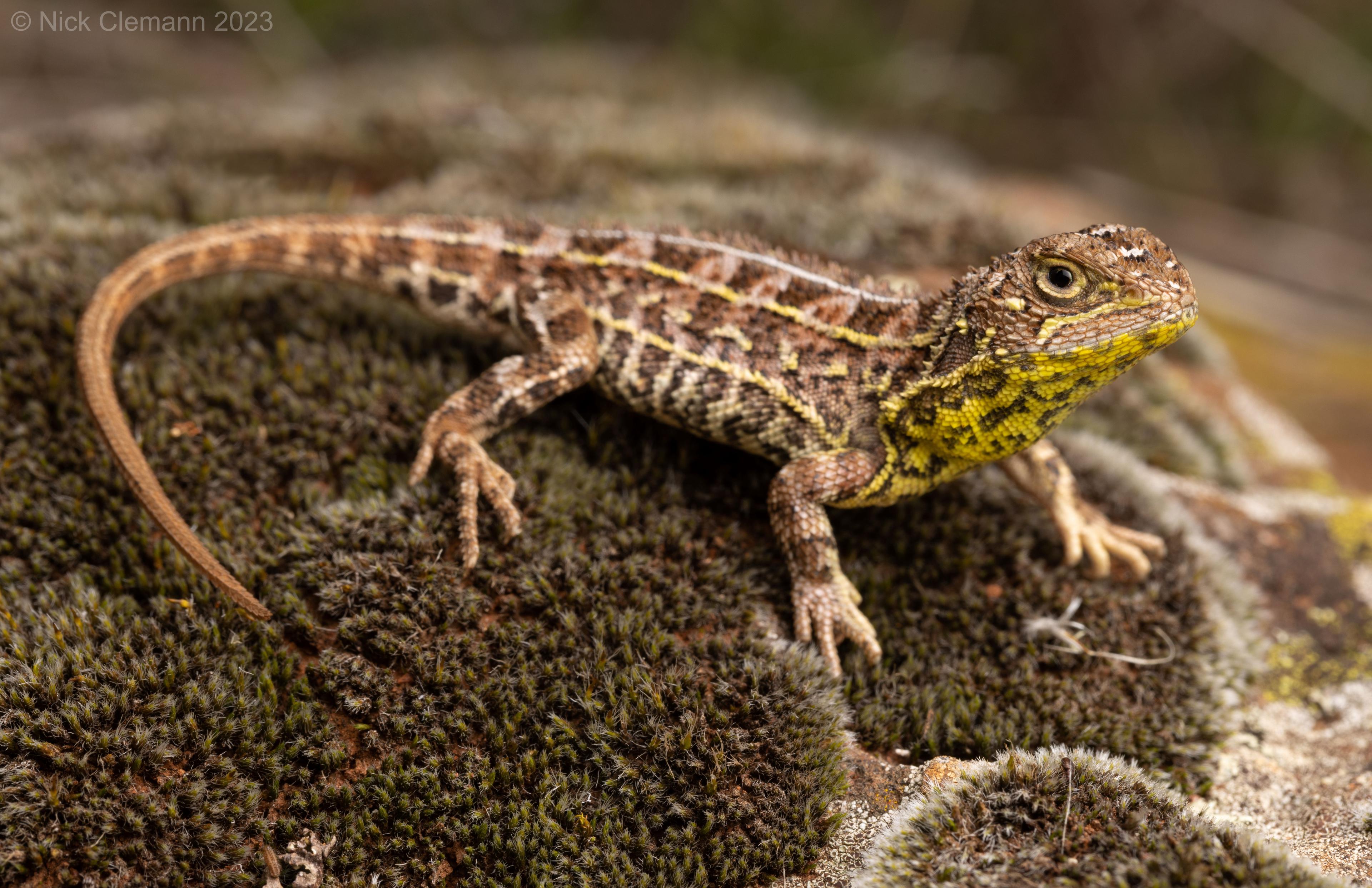
The Victorian grassland earless dragon has been rediscovered west of Melbourne. Image: Nick Clemann
Media Release
25 July 2023
After more than 50 years of no sightings, and the very real possibility that it was extinct, the Victorian grassland earless dragon (Tympanocryptis pinguicolla) has been rediscovered west of Melbourne.
According to the Biodiversity Council, the survival of this species is now on a knife edge, and will be determined by whether sufficient political will and resources are dedicated to secure its survival.
The expert group founded by 11 Australian universities estimates that $56 million will be needed over 10 years to secure this species, and says that the majority of this cost would be used to buy and rehabilitate key remaining areas of grassland habitat which are at imminent threat from development and agricultural intensification.
Biodiversity Council Lead Councillor Professor Brendan Wintle from the University of Melbourne said: “This is an exciting discovery and second chance for this beautiful little reptile.
“It was once common and widespread across Victoria’s plains grasslands but is now in such low numbers we could not detect it for more than 50 years. If we do not respond appropriately, it is at very real risk of extinction. Thankfully we know what is required to secure and recover the species – what remains is for governments to dedicate the resources to do so.
“The good news is that this work will also benefit many other species whose fates are also tied to these once vast but now rare grasslands. This includes species like the golden-sun moth, striped legless lizard and many orchids and other wildflowers.
“It will also help to conserve the basalt plains grassland itself. This is Australia’s most endangered ecosystem and is of immense cultural value to Traditional Owners. Most remaining patches occur on private land and are under imminent threat from land development or agricultural intensification.”
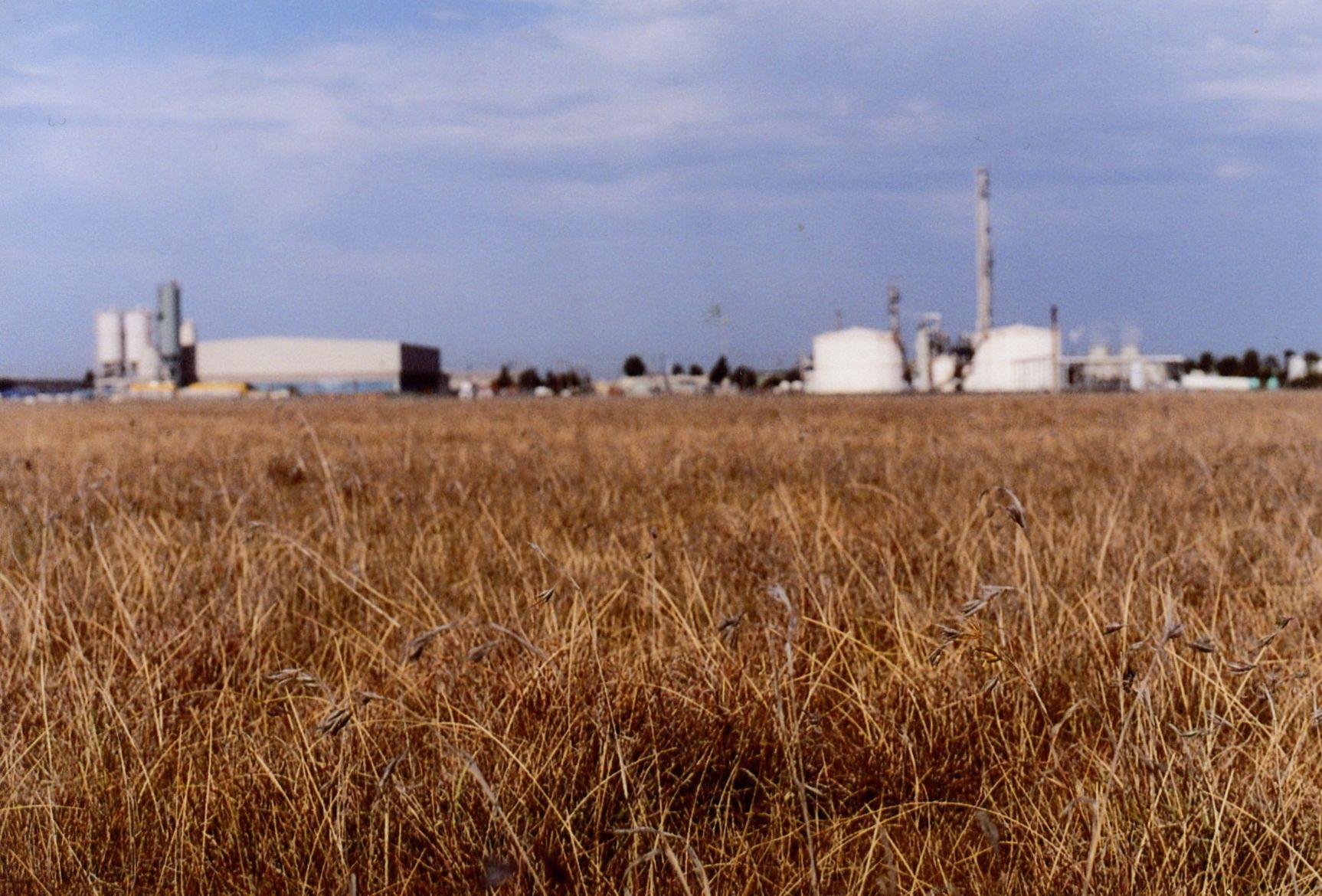
Grasslands are one of Australia's most endangered ecosystems and are under imminent threat from land development or agricultural intensification. Image: Libby Rumpff
Biodiversity Council Lead Councillor Professor Sarah Bekessy from RMIT University said: “Research tells us that for the species to stand a chance of surviving for another 50 years it needs at least six areas of high-quality grassland habitat each of at least 100 ha.
“This is because we need each site to be large enough to support a genetically diverse self-sustaining population, and because even if sites are well managed some populations could be lost to disease, predation, hot fires, or other chance events.
“Only 3% of Victoria’s plains grasslands remain. As these areas west of Melbourne are in demand for development the required land purchase costs alone are estimated to be at least $30 million.
“Evidence tells us that these reserves could also be highly valued community assets – areas of nature available to the community which have a wide range of physical and mental health benefits,” Professor Bekessy said.
“The reserves will need careful and active management of threats like rabbits and weeds which degrade the habitat, and of introduced predators like cats and foxes.
“It will also be important to reinstate the frequent cool burns that Indigenous land managers have used for many thousands of years to keep these grasslands in good health.”
A second crucial aspect of securing the dragon species is the establishment of a conservation breeding program to help boost numbers and manage the genetics of populations, as with such low numbers inbreeding becomes a real threat to survival.

The Victorian grassland earless dragon is in such low numbers that it has not been seen for more than 50 years, until now. Image: Nick Clemann
Zoos Victoria have the expertise to deliver the breeding program, just as they have done successfully for many other highly imperilled Victorian species like the mountain pygmy possum, lowland Leadbeaters possum, helmeted honeyeater, Baw Baw frog, southern corroboree frog and spotted tree frog.
Professor Wintle: “$56 Million over 10 years may sound like a lot of money but consider that Australians spend over $30 billion a year on pet care. Just the GST of what we spend on pet care ($3 billion) would be enough to save every one of Australia’s 1906 threatened species.
“As a country we can afford to save the dragon and all its endangered friends, and the law actually requires it.”
The Biodiversity Council, which draws together leading Australian scientists and Indigenous knowledge holders, is calling on the Victorian and Australian Governments to make the required investments, and is offering their expertise to support the program.



